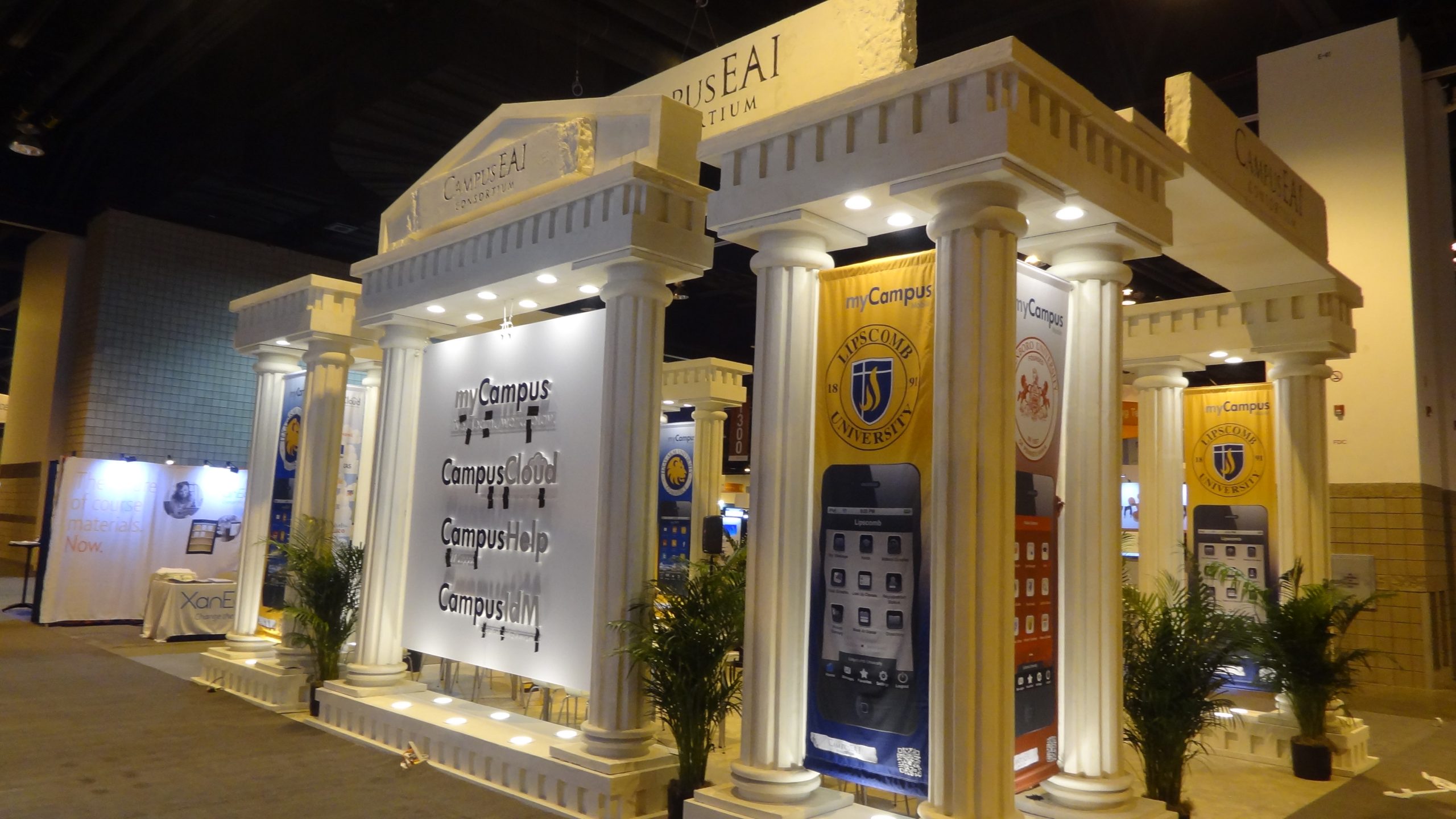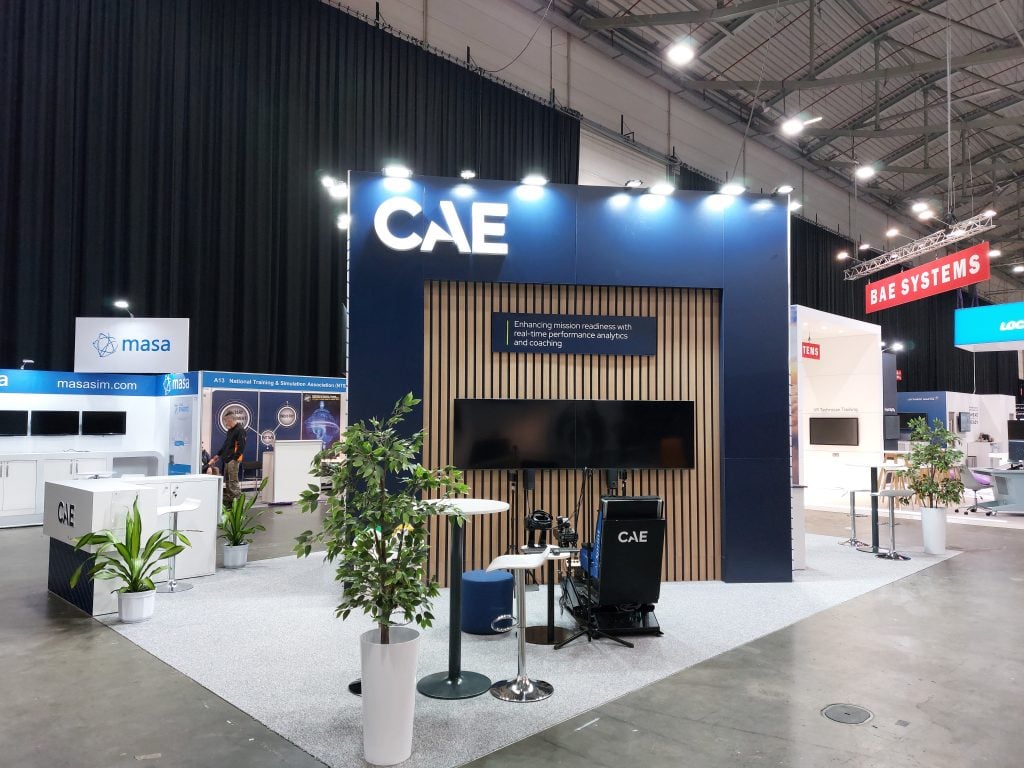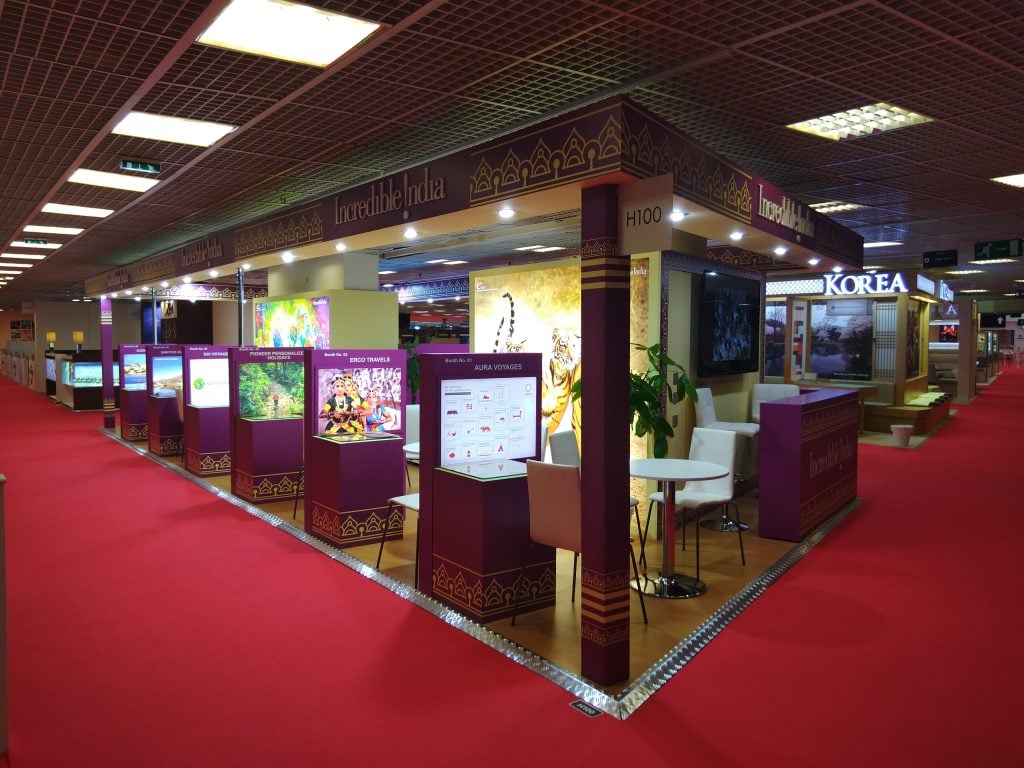
Introduction:
In the fast paced world of trade shows and exhibitions, success often hinges on meticulous pre planning and preparation. Setting the stage for an impactful booth design requires careful consideration of objectives, audience demographics, and strategic execution. In this exploration, we uncover the power of preplanning in shaping booth design for success, from initial concept development to flawless execution on the show floor.
Defining Objectives and Goals:
- The foundation of effective pre planning lies in clearly defining objectives and goals for the booth design. Whether it’s generating leads, increasing brand awareness, or launching new products, establishing specific, measurable, and achievable goals is essential.
- Objectives should be aligned with overall marketing and business objectives, providing a roadmap for designing a booth that delivers tangible results.
Understanding Audience Demographics:
- Audience demographics play a pivotal role in informing booth design decisions. Conducting thorough research and analysis to understand the characteristics, preferences, and behaviors of target attendees is critical.
- Demographic insights enable exhibitors to tailor booth designs, messaging, and experiences to resonate with specific audience segments, maximizing engagement and impact.
Creating a Conceptual Blueprint:
- Developing a conceptual blueprint lays the groundwork for bringing the booth design to life. This involves brainstorming ideas, sketching layouts, and conceptualizing key elements such as branding, signage, and interactive features.
- Collaborating with designers, architects, and creative teams during the conceptual phase ensures alignment with objectives and feasibility within budget and logistical constraints.
Optimizing Layout and Flow:
- The layout and flow of the booth play a crucial role in facilitating attendee navigation and engagement. Optimizing the layout involves strategically positioning key elements such as product displays, demonstration areas, and interactive stations.
- Factors such as traffic flow patterns, focal points, and spatial arrangement should be considered to create an intuitive and inviting booth environment that encourages exploration and interaction.
Integrating Technology and Innovation:
- Leveraging technology and innovation can elevate booth design to new heights, enhancing engagement and creating memorable experiences. Incorporating interactive displays, virtual reality (VR) simulations, and augmented reality (AR) experiences can captivate attendees and leave a lasting impression.
- However, technology should be integrated thoughtfully and purposefully, aligning with objectives and enhancing the overall booth experience rather than detracting from it.
Testing and Refinement:
- Testing and refinement are essential steps in preplanning to ensure that the booth design meets expectations and delivers the desired outcomes. Conducting mockups, walkthroughs, and simulations enable exhibitors to identify any potential issues or areas for improvement.
- Soliciting feedback from stakeholders, colleagues, and industry experts provides valuable insights that can inform adjustments and refinements before the booth is finalized.
Conclusion:
In conclusion, the power of preplanning cannot be overstated when it comes to setting your booth design up for success. By defining clear objectives, understanding audience demographics, creating a conceptual blueprint, optimizing layout and flow, integrating technology and innovation, and conducting thorough testing and refinement, exhibitors can ensure that their booth designs are strategically aligned, engaging, and impactful.
With careful pre planning and execution, booths have the potential to captivate attendees, drive meaningful interactions, and achieve desired outcomes, making trade shows and exhibitions a valuable opportunity for business growth and success.


 US
US
 EU
EU


